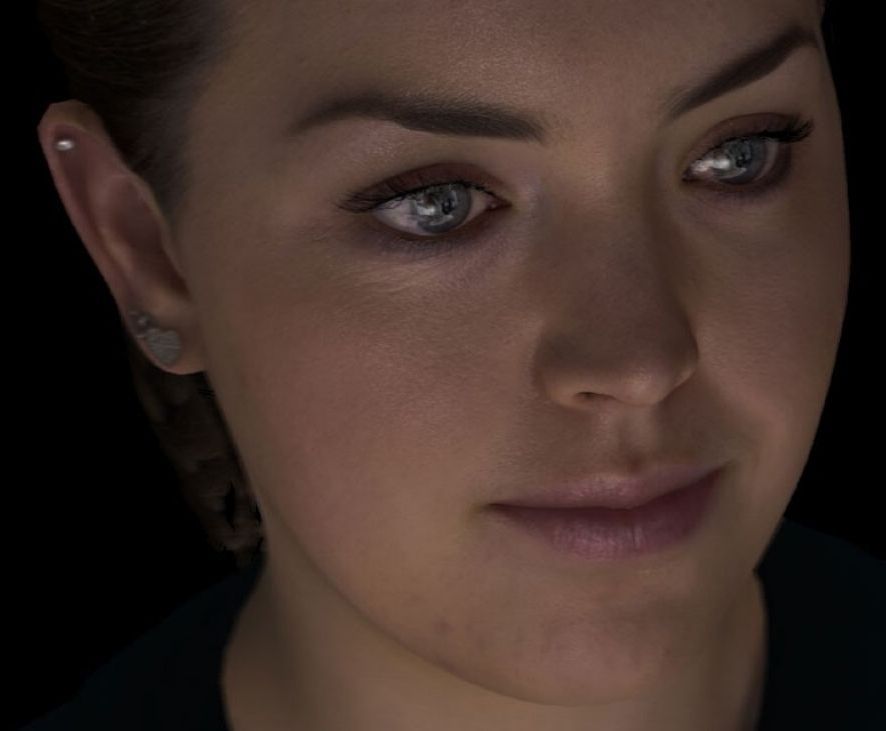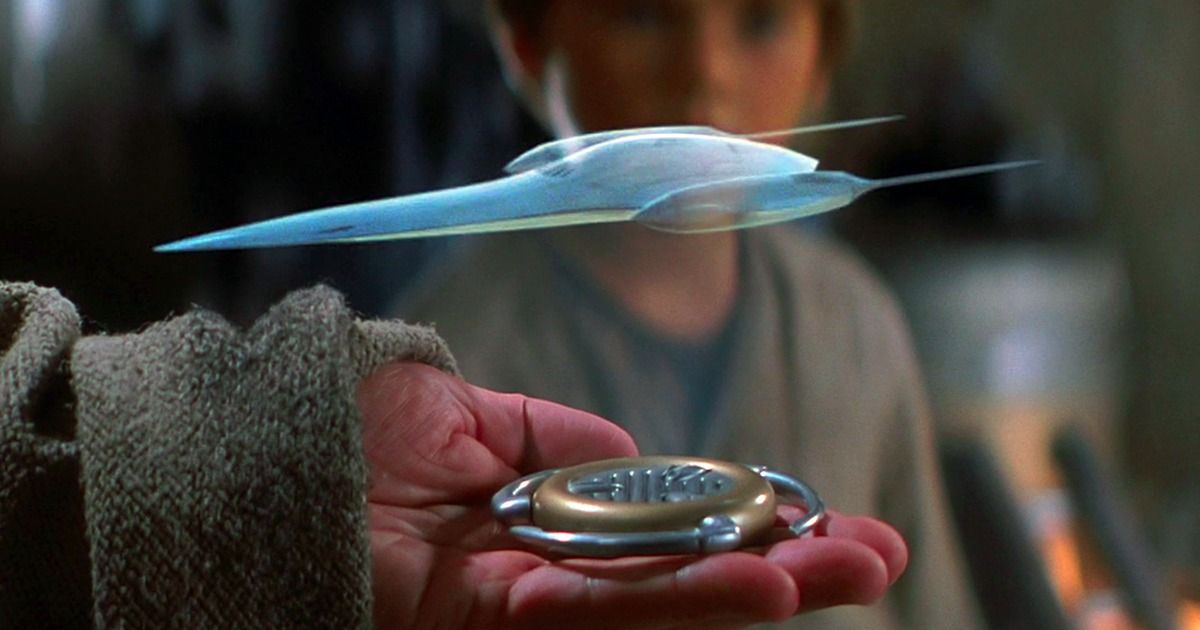Intelligent Machines
Machine-learning algorithm watches dance dance revolution, then creates dances of its own.
A machine learns to choreograph by studying a famous 1990s music video game.


We’re not going to stop taking pictures and recording movies, and we need to develop new ways to save them.

As moviemaking becomes as much a science as an art, the moviemakers need ever-better ways to gauge audience reactions. Did they enjoy it? How much… exactly? At minute 42? A system from Caltech and Disney Research uses a facial expression tracking neural network to learn and predict how members of the audience react, perhaps setting the stage for a new generation of Nielsen ratings.
The research project, just presented at IEEE’s Computer Vision and Pattern Recognition conference in Hawaii, demonstrates a new method by which facial expressions in a theater can be reliably and relatively simply tracked in real time.
It uses what’s called a factorized variational autoencoder — the math of it I am not even going to try to explain, but it’s better than existing methods at capturing the essence of complex things like faces in motion.


Technology can be wonderful. But how do you keep track of yourself when technology allows you to be everywhere at once?
In this film Prof. Yair Amichai-Hamburger (director of the Research Center for Internet Psychology at the Sammy Ofer School of Communications) argues that even though technology allows us to reach out and connect more easily than ever before, if we don’t ever take a step back, we can lose track of our humanity in the process.

A Kiwi company developing artificial intelligence has delivered its latest digital human, called Rachel.
Rachel can see, hear and respond to you.
She is an avatar created by two-time Oscar winner Mark Sagar, who worked on the blockbuster movie of the same name.
Mr Sagar, of Auckland-based company Soul Machines, says his aim is to make man socialise with machine, by putting a human face on artificial intelligence.

Just in time for summer movie season comes news that something huge is lurking out there at the edge of the solar system. It’s really big. It’s never before been detected. It’s warping gravity fields.
No, it’s not the latest Michael Bay disaster-fest or the mothership from “Independence Day.” It’s not the hypothesized Planet 9 that everyone was talking about a little over a year ago. Probably it’s another planet. Or maybe that mothership.


Researchers at the University of Alabama at Birmingham suggest that brainwave-sensing headsets, also known as EEG or electroencephalograph headsets, need better security after a study reveals hackers could guess a user’s passwords by monitoring their brainwaves.
EEG headsets are advertised as allowing users to use only their brains to control robotic toys and video games specifically developed to be played with an EEG headset. There are only a handful on the market, and they range in price from $150 to $800.
Nitesh Saxena, Ph.D., associate professor in the UAB College of Arts and Sciences Department of Computer and Information Sciences, and Ph.D. student Ajaya Neupane and former master’s student Md Lutfor Rahman, found that a person who paused a video game and logged into a bank account while wearing an EEG headset was at risk for having their passwords or other sensitive data stolen by a malicious software program.